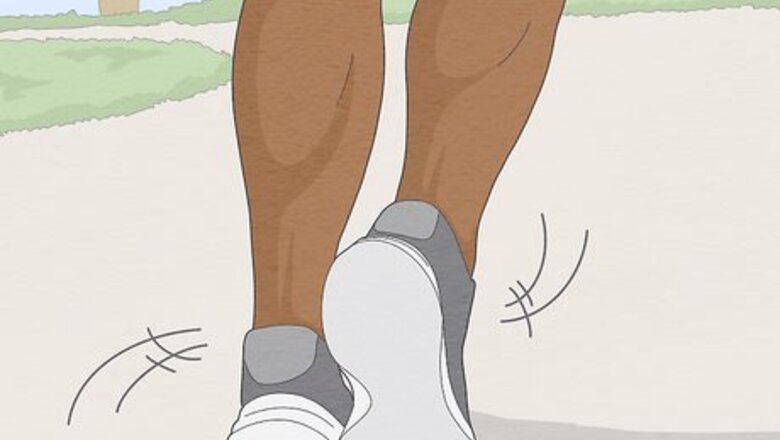
views
- Deal with occasional numbness by exercising, changing positions while sitting, removing excessively tight clothing, and massaging your feet.
- Get tested for diabetes if you have chronic numbness. Manage your diabetes and fight numbness with regular glucose testing, a healthy diet, and exercise.
- For chronic numbness caused by other ailments, seek proper treatment from your doctor and discuss medications, therapies, and lifestyle changes with them.
Treating Occasional Numbness
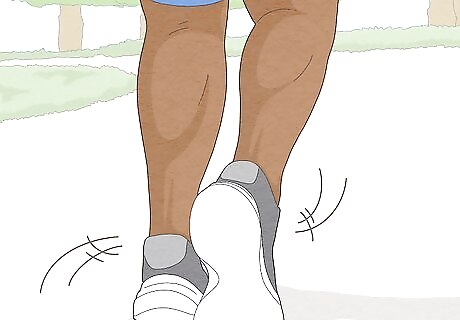
Move around to get your blood flowing through your feet and toes. Often, numbness in the feet or toes occurs when you have been sitting or standing in one place for a long time. The best way to get rid of this kind of numbness is to stimulate circulation in the foot by moving around. Try going for a short walk, or even just moving your foot around while you sit. In addition to helping you get rid of occasional numbness, regular exercise can also help prevent numbness. Incorporate physical activity into your daily schedule, even if it's just a short walk. High impact exercises like jogging can cause numbness in the feet and toes for some people, so try lower impact exercises like swimming or biking. Stretch well before workouts, wear appropriate exercise shoes, and exercise on level surfaces.
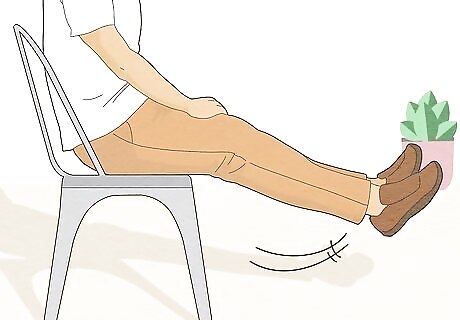
Change positions if you’ve been sitting or lying for a long time. Numbness is often triggered by seating positions that pinch the nerves in your legs and/or feet. Try uncrossing your legs, shifting your weight from side to side, stretching out your legs, or simply fidgeting around if you’re unable to get up (like on a plane or at a movie). Avoid sitting on your feet or crossing your legs for longer than an hour at a time. If you have to sit for long periods of time, you might want to try elevating your feet periodically to increase blood flow.
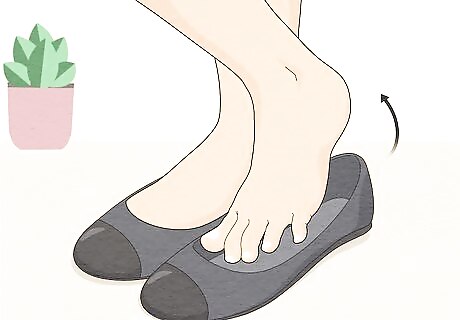
Remove or loosen excessively tight clothing and shoes. Overly tight pants, socks, shoes, belts, or other garments worn on the lower part of your body might prevent blood from flowing to your feet, which can cause numbness. Remove or loosen these items to allow for better blood flow right away. When a tight garment is the culprit, you may also feel a “pins and needles” sensation in your feet or toes in addition to numbness.
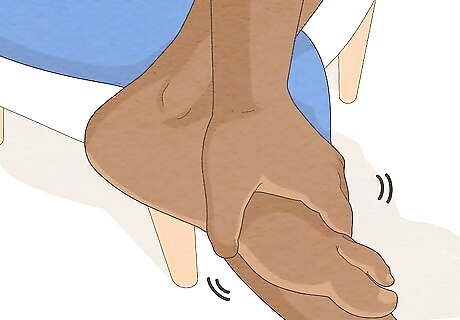
Massage the numb foot or toes. Gently massage the numb area of your foot to help increase circulation and make occasional numbness go away faster. Use your hands and some lotion, roll tennis balls underneath your foot, or fill the bottom of a tub with marbles and roll your feet and toes over them with warm water. For an extra helpful massage, try adding Epsom salt to the tub during a foot massage to help increase your circulation even more.
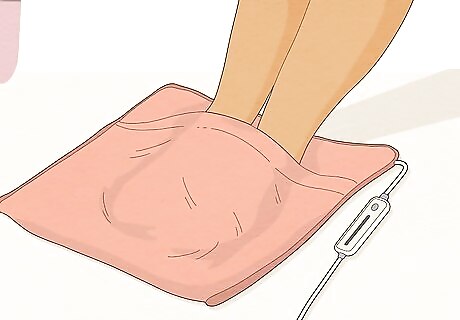
Warm your feet with a heated blanket or heating pad. Exposure to the cold can cause numbness and tingling, especially in winter. If you suspect the cold is to blame, stick your feet under a heating pad or blanket and make circles with your feet and toes to get your blood flowing. Applying heat can help loosen stiff muscles or joints putting pressure on your nerves and reduce numbness. Steer clear of heating pads if you have neuropathy in your feet. The decreased sensation can lead you to accidentally overheat or burn your foot.
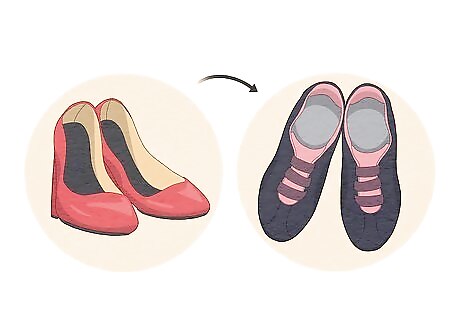
Wear comfortable shoes that fit you well. High heels or other stiff, formal shoes that pinch the toes can cause numbness. You may also experience numbness if you wear shoes that are too small for you, especially while exercising. Try going up half of a shoe size to accommodate for the slight swelling that happens when you’re on your feet for long periods. Insoles may help make some of your shoes more comfortable and prevent numbness by softening the shock of your foot hitting the ground repeatedly while you walk. Beware shoes that are too big, too. You may start to “grip” the shoes with your toes, which can also cause numbness or tingling.
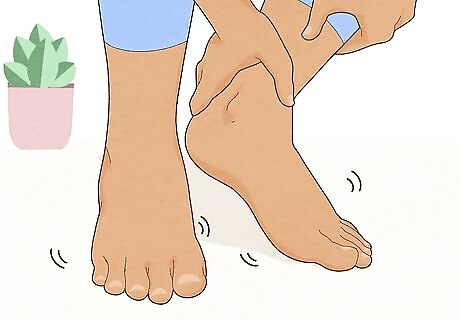
See your doctor if your numbness is frequent or severe. Occasional numbness in the feet or toes is usually no big deal, especially when there is an obvious cause, such as an uncomfortable seating position or tight clothing. If you experience numbness frequently, if it lasts for more than just a few minutes, if it consumes an entire leg, or if it follows an injury, see a doctor to make sure there are no underlying causes. Seek emergency treatment if your foot numbness accompanies symptoms such as weakness, paralysis, loss of bladder or bowel control, or slurring of speech. Schedule an office visit if the numbness gradually worsens, spreads, comes and goes, or seems related to specific, repetitive activities. Pregnancy can cause swelling of the feet and toes and lead to numbness. If your doctor tells you that your numbness is due to pregnancy and not another condition, follow their recommendations for relieving swelling during pregnancy.
Treating Numbness from Diabetes
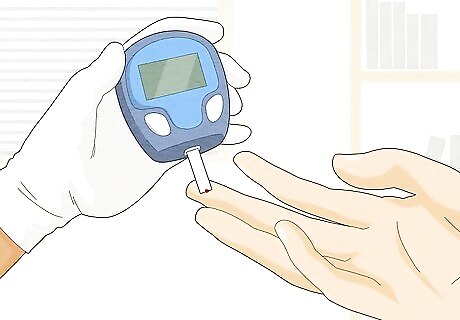
Discuss diabetes with your doctor if you have chronic numbness. Diabetes is the most common cause of chronic numbness in the feet and toes (neuropathy)—it damages nerves and contributes to poor circulation in your feet. Numbness is often one of the first symptoms of diabetes, so get tested to see if you have diabetes if you have regular numbness that does not have another obvious cause. Numbness can be extremely serious for people with diabetes because it may cause them not to feel pain in the feet caused by things like heat, punctures, or blisters. Decreased circulation also means your feet will heal slower, so infection is a serious concern. It’s important to take especially good care of your feet if you have diabetes.
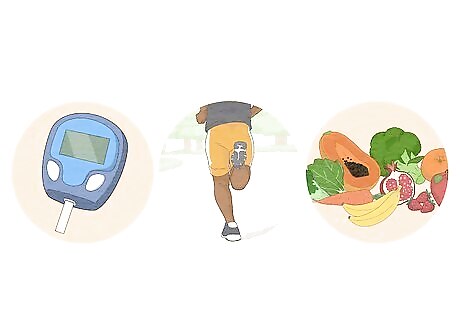
Stick to the diabetes management plan recommended by your doctor. Keep your blood glucose levels in check to prevent circulation issues or neuropathy, both of which can cause numbness. Develop a plan with your doctor that works for you and your specific health situation. In most cases, follow these general guidelines: Check your blood sugar regularly with a blood glucose meter and get your A1C levels tested a few times each year. Do your best to stay as active as possible with your foot numbness. Aim for 30 minutes of exercise each day, whether it’s going to the gym or walking up and down the stairs at home. Eat a healthy, balanced diet including fruits, vegetables, whole grains, beans, fish, and low-fat dairy. Try to avoid foods that trigger blood sugar spikes like cookies or soda. Take all of your prescribed medications, including insulin, regularly. Quit smoking and lower your alcohol consumption.
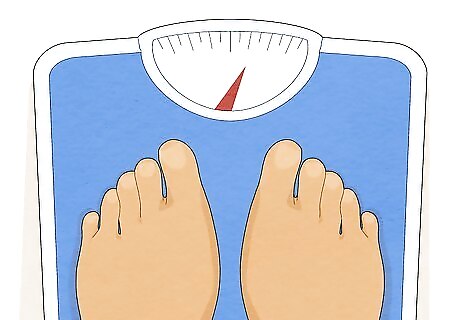
Consider a weight loss plan if extra pounds are compressing your nerves. Obesity can contribute to numbness in your feet and toes by compressing nerves, so ask your doctor for tips on healthy weight loss to help alleviate some of your symptoms. Often, you only need to lose 5-10% of your overall body weight to begin noticing improvements. Focus on filling up with extra fruits and vegetables in addition to other diabetes-friendly foods. Try to get 150 minutes of moderate activity (like brisk walking) or 75 minutes of vigorous activity (like jogging) per week. Losing weight may also lower your blood pressure, which helps reduce numbness. If losing weight is not enough to get your blood pressure under control, consider talking to your doctor about medications.
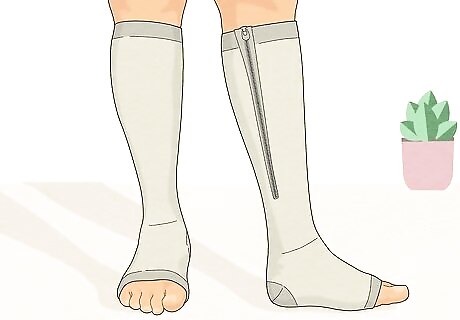
Use compression garments or topical treatments for diabetic foot care. Ask your doctor about compression socks or hose to help stimulate circulation in your legs, feet, and toes and decrease numbness. Also consider special lotions that contain capsaicin to provide you with relief from numbness. Consult your doctor first and follow usage instructions carefully with any products you use. Too much compression can restrict your blood vessels and make numbness worse.
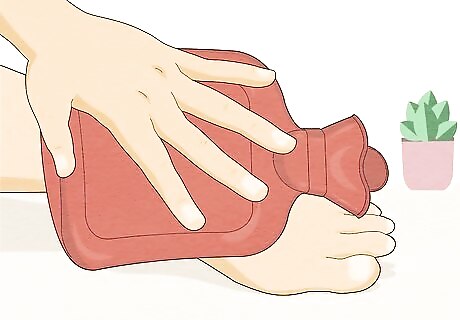
Get moving or try a heating pad to supplement your other treatments. If you have diabetes, you may still benefit from some of the methods recommended for the relief of occasional numbness, such as moving your feet, elevating your feet, massaging your feet, and using warm compresses. While these techniques might offer you temporary relief from your symptoms, keep in mind that they will not cure the underlying disease. Stay vigilant about managing your diabetes and taking care of your feet!

Ask about alternative treatments and therapies for numbness. Some studies have shown benefits to relaxation and biofeedback treatment (monitoring your foot temperature related to specific thoughts), as well as anodyne therapy (infrared light exposure), in the treatment of foot numbness related to diabetes. These treatments may not be covered by your insurance, but might be worth investigating if nothing else works to relieve your numbness. Other topical creams and ointments, aroma therapy, and other non-drug treatments may have some benefits for improving circulation and preventing numbness. In some cases, injections of steroids like cortisone might be used to fight nerve pressure from inflammation or scar tissue. Your doctor may also prescribe medications like gabapentin and pregabalin to address your numbness, although it is likely to be an off-label use of the drug.
Treating Chronic Numbness from Other Conditions
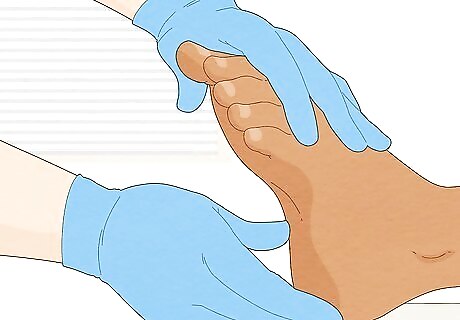
Get treatment for injuries as soon as possible. Injuries to the feet, toes, ankles, head, or spine can cause numbness to occur in your feet or toes. Check in with an orthopedist, neurologist, or chiropractor to treat your injury and relieve numbness. Physical therapy is a common treatment for injury-related numbness, but surgery may be necessary in severe cases. See a doctor right away if you experience numbness (in your feet and toes or elsewhere) immediately after an injury. Apply ice or a cold compress to inflamed feet or toes after an injury, even if the area is numb. Ice reduces swelling, which reduces pressure on your nerves. In some cases, cortisone injections might be used to fight nerve compression from injury-related inflammation or scar tissue.

Discuss all medications you currently take with your doctor. Chemotherapy drugs often cause numbness in the extremities, as do other prescription drugs for a wide variety of conditions. If you experience numbness after beginning a new medication, discuss it with your doctor to determine if the benefits of the medication outweigh the side effects. There may be another medication available to treat your condition that will not have the same side effects. Never stop taking your medications without first discussing it with your doctor. For some medications, you will need to reduce your dosage slowly.
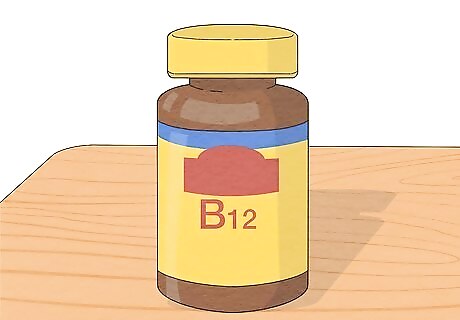
Take vitamin supplements if you have a diagnosed deficiency. Ask your doctor about a blood test to check for vitamin deficiencies, then take the recommended supplements if needed. For example, a lack of vitamin B12 or other vitamins is linked to nerve damage that can cause or worsen foot numbness. For some deficiencies, a few diet changes will do the trick. For a vitamin B12 deficiency, try adding more eggs, cheese, fish, fortified rice, and milk to your diet.
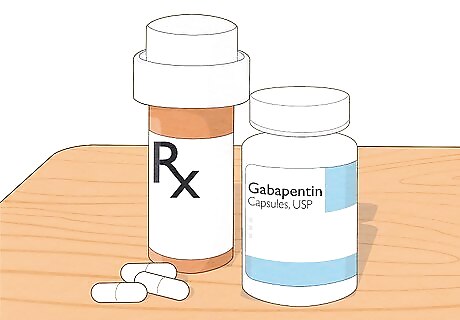
Take medication for any underlying conditions. Persistent numbness in your feet and toes may be a symptom of any number of underlying conditions including multiple sclerosis, arthritis, Lyme disease, and many more. Take medication or receive other treatment for the underlying condition to help reduce the numbness in your feet and toes. Numbness is rarely a condition in and of itself and is usually a symptom of another issue. Treat the underlying issue to improve your numbness. If you haven’t been diagnosed with a chronic condition, numbness in your feet and toes might be the first sign. Discuss all symptoms with your doctor so they know what tests to run. If you already have a diagnosis but the numbness is a new symptom, bring it up at your next doctor's appointment to find out if there are additional medications you should take or other treatments you should pursue.

Reduce your alcohol consumption or quit drinking entirely. Heavy alcohol consumption can cause numbing sensations in the limbs, including your feet and toes. Long-term or heavy alcohol abuse can also lead to nerve damage over time, making numbness more frequent or intense. Reduce your regular intake of alcohol to help prevent numbness.
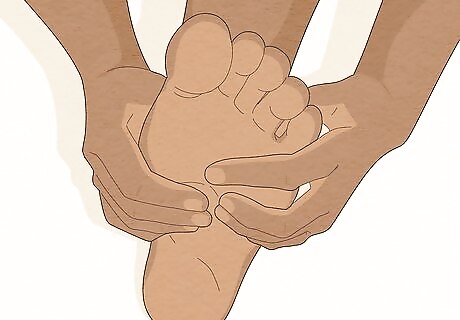
Move around, use a heating pad, or massage your feet for temporary relief. If you’re already taking the necessary steps to treat the underlying cause of the numbness in your feet but it doesn’t subside, try remedies for occasional numbness. While these methods will not cure your condition, doing things like elevating your feet, applying warm compresses, massaging the feet, and moving around may help alleviate the symptoms temporarily.




















Comments
0 comment